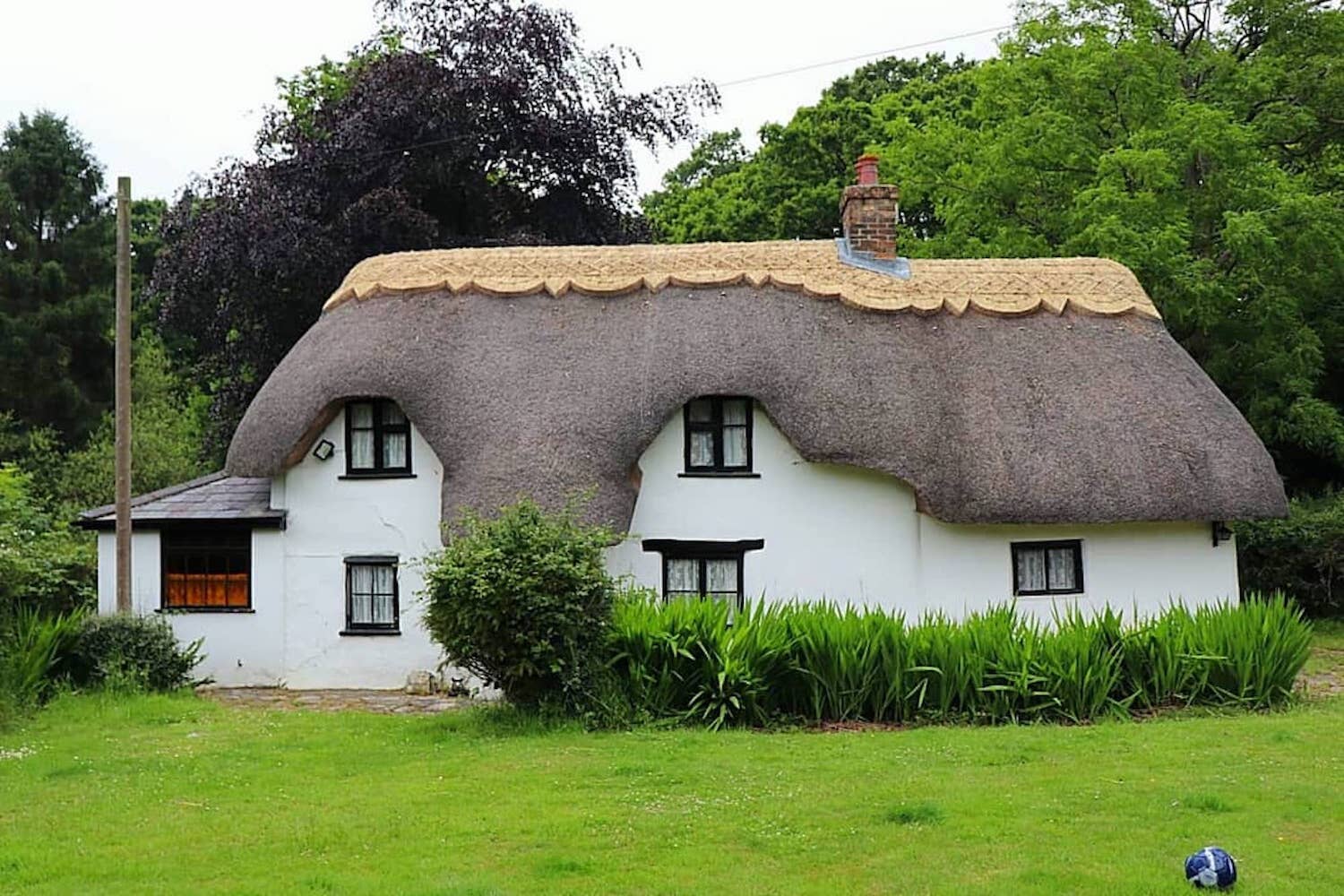
25 Feb Advantages and Disadvantages of a Thatched Roof
If you’re wondering “should I have a thatched roof?” then you’ve come to the right place because we are able provide you with more details on what it’s like to have a thatched roof. There are some questions that will come up, such as how much it costs to thatch a roof and whether the thatch needs to be repaired or replaced, if you’re thinking about purchasing a property that already has a thatched roof or wanting to insta;ll one on an existing property.
The oldest style of roofing is a thatch, which has been used on so many buildings for 10,000 years, including both commercial and residential ones.
For more information, review a few of our case studies on thatched roofs.
ADVANTAGES OF A THATCHED ROOF
- Why Owning a thatched home increases the value of your property. many thatched homes in the UK are listed. It can increase a home’s selling price and turn out to be a wise investment.
- Depending on the type of thatch you have, thatch is an extremely durable material, contrary to popular belief. With the right care and maintenance, water reeds can live for up to 40 years.
- With the help of thatch, a natural insulator, you may reduce your heating costs by keeping your home warm all year round.
- The collection of thatch is also very environmentally and economically friendly because it is a sustainable resource.
- No matter what size or shape your roof is, thatch is a flexible, soft material that can be shaped on any roof. Cool designs and patterns can also be formed at the ridge and the edges, so it can be customised to your taste.
DISADVANTAGES OF A THATCHED ROOF
- Both the original installation of a thatched roof and a complete re-thatch necessitate a significant amount of manpower. The duration of the process and the cost depend on the size of your property; the bigger the property, the more expensive the process is likely to be. A thatcher will take these factors into account:
- The roof’s size.
- The roof’s shape and construction.
- The material applied.
- The ridge’s height.
- Simply removing the existing thatching.
- The woodwork’s condition.
- The necessary thickness of the thatch.
- You should inspect your thatched roof periodically to look for moss, leaks, animal nests, and the general state of the thatch in order to preserve it in the best possible shape. If you’d like us to inspect your thatched roof, please get in touch.
- Your roof will need upkeep if anything troublesome is found. The most frequent issue are leaks, which can wreak havoc deeper within the thatch if it is not quickly discovered. The wiring or thatch will need to be replaced in the ridge caps every few years, but by re-ridgeing your roof, you can keep it in the greatest shape imaginable due to its higher water resistance.
- It’s important to take safety measures when you have a thatched roof as they’ll help prevent fires. If you have a thatched roof, you must ensure that your chimney is properly insulated and that fire board is installed prior to the thatch.
- Mould and moisture absorptiono Algae and moss
- Slime accumulation
- Slime
- Slime accumulation
- Rotting
- Discoloration
THATCH FIRES
The main concern when considering a thatched home is the fire risk. The materials used to thatch a roof cause a fire to spread quickly, causing more extensive and expensive damage. Despite this, a fire is no more likely to start in a thatched home than a conventional home. The majority of thatch fires happen between September and April because more people are likely to use a log burner, etc. and because a fire might start if the chimney bricks are fractured or not insulated adequately.
Please don’t hesitate to contact us if you have any questions about thatched roofs or if you would need some guidance.

